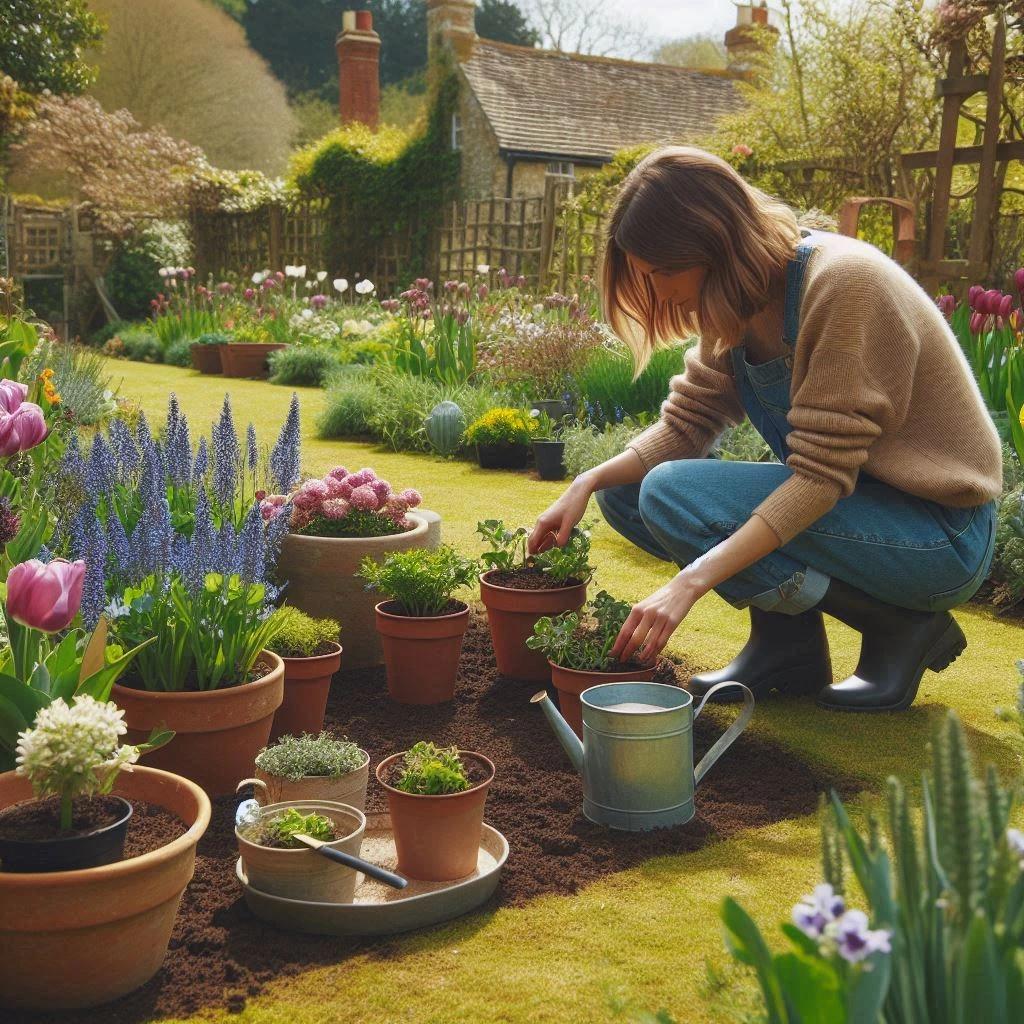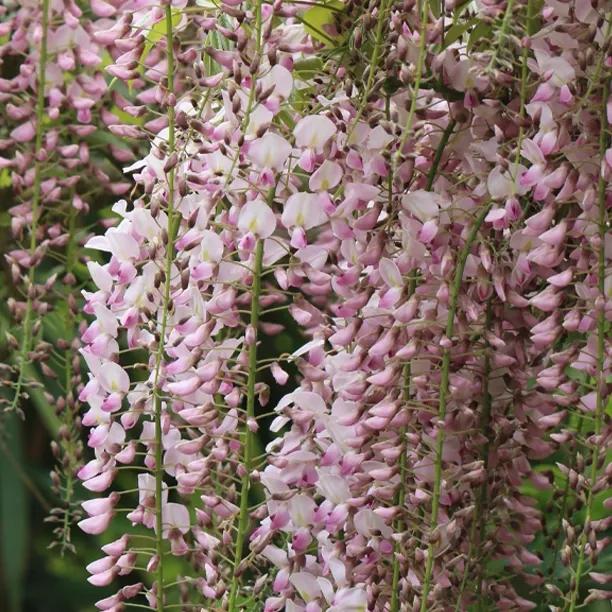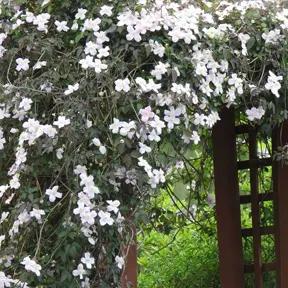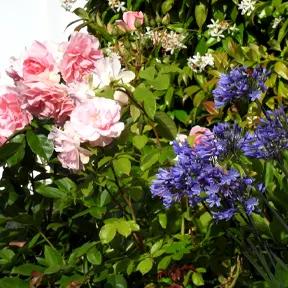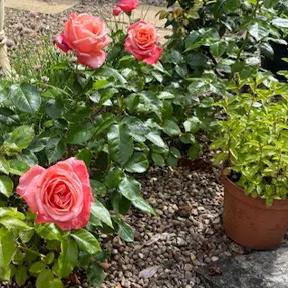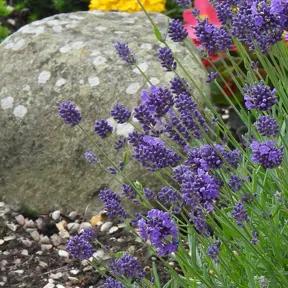Showa Beni Silky Wisteria Plants
Wistera brachybotrys
- Large deciduous climber
- Quite short strings of two tone pink flowers.
- Delicate spicy perfume
- Fully hardy
- Needs support
- Height & spread: 12m x 8m
- Sun or dappled shade
- RHS Award of Garden Merit
Description
Wistera brachybotrys Showa-beni
The lower half of each of Showa-beni's flowers are pink, fading to near-white on the top half. They are fragrant, and mature into bean like seed pods. To 12m x 8m
This variety has shorter strings (racemes) of flowers than most others, but the individual flowers are larger, so the effect is equally impressive.
Browse our variety of wisteria or our full range of climbing plants.
Features:
- Large deciduous climber
- Quite short strings of two-tone pink flowers.
- Delicate spicy perfume
- Fully hardy
- Needs support
- Height & spread: 12m x 8m
- Sun or dappled shade
- Anti-clockwise twining
- RHS Award of Garden Merit
Growing Showa-beni Wisteria
It prefers sun but will thrive in dappled shade and is best planted where the fragrance can be appreciated. Although fully hardy, it doesn't look good in exposed locations.
It needs the solid support of a pergola, pillar or a wall with vines eyes and wires set at 12" distances. It can also be grown more formally as a half-standard in a tub with a frame. It can look spectacular grown into mature trees when it will need very little maintenance save keeping its vigour in check.
Did You Know?
Originally classified as Wisteria venusta, the first examples of Wistera brachybotrys were displayed at Chelsea's International Horticultural Exhibition in 1912, courtesy of the Yokohama Nursery Company.
Japan's ShE
wa era was 1926 - 1989, and beni means red.
Planting Instructions
How to grow Wisteria brachybotrys:
It will need a fertile, moist well-drained soil and a good root run. Plant in a hole substantially larger than the rootball and backfill with a multipurpose or suitable garden compost. Firm in well and water well. Mulch around the roots and feed with a general purpose fertiliser in spring and summer.
It will need the support of a pergola, pillar or vine eyes and wires when grown against a wall. The plant is vigorous with strong growth and so the support should be sufficiently sturdy. It is happy growing into a large tree if tied in while establishing.
Look out for:
Generally disease free although it can be prone, on occasions, to leaf spot and powdery mildew. Watch for yellowing leaves and honeydew (sticky coating on leaves). If these are seen mealybugs may have infested the plant. Treat with a proprietary control.
All parts of the plant are poisonous and will cause severe stomach problems if ingested. It needs pruning twice a year. Two months after flowering the long shoots should be cut back to 5 or 6 buds from the stem and then, in mid-winter, it should be cut back again to 2 or 3 buds from the stem.
It's Summer Planting Season 2025
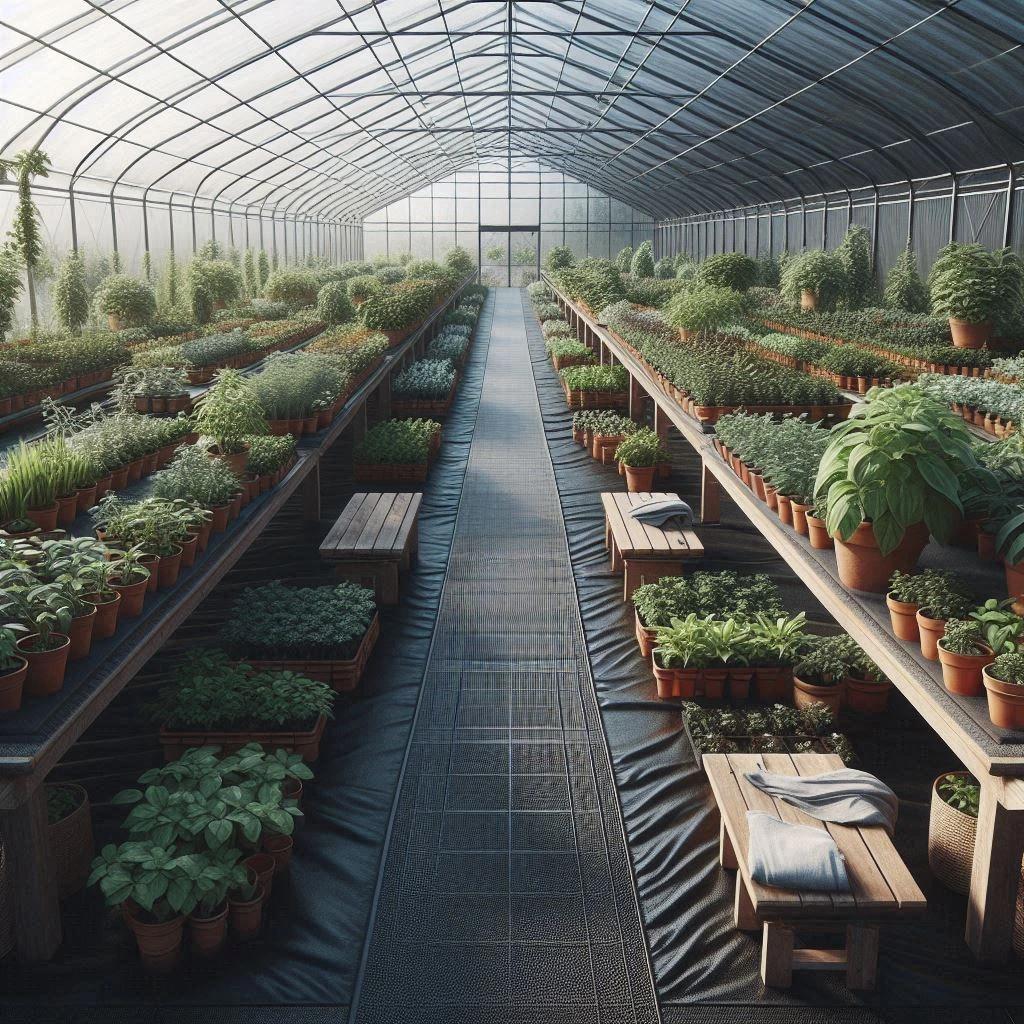
Pot Grown & Plug Plants Delivered

Direct from the Nursery Value

No more broken plants in the post!
